Related Research Articles
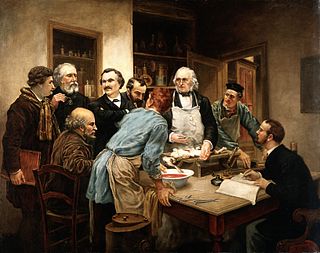
Physiology is the scientific study of functions and mechanisms in a living system. As a sub-discipline of biology, physiology focuses on how organisms, organ systems, individual organs, cells, and biomolecules carry out the chemical and physical functions in a living system. According to the classes of organisms, the field can be divided into medical physiology, animal physiology, plant physiology, cell physiology, and comparative physiology.
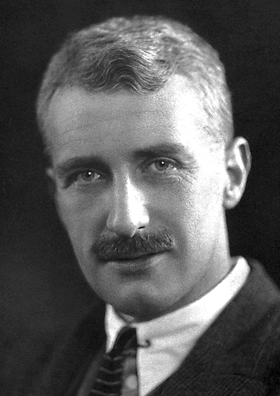
Archibald Vivian Hill, known as A. V. Hill, was a British physiologist, one of the founders of the diverse disciplines of biophysics and operations research. He shared the 1922 Nobel Prize in Physiology or Medicine for his elucidation of the production of heat and mechanical work in muscles.

Dame Harriette Chick DBE was a British microbiologist, protein scientist and nutritionist. She is best remembered for demonstrating the roles of sunlight and cod liver oil in preventing rickets.
Bernardo Alberto Houssay was an Argentine physiologist. Houssay was a co-recipient of the 1947 Nobel Prize for Physiology or Medicine for discovering the role played by pituitary hormones in regulating the amount of glucose in animals, sharing the prize with Carl Ferdinand Cori and Gerty Cori. He is the first Latin American Nobel laureate in the sciences.
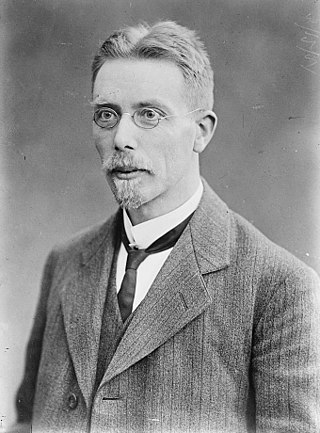
Schack August Steenberg Krogh was a Danish professor at the department of zoophysiology at the University of Copenhagen from 1916 to 1945. He contributed a number of fundamental discoveries within several fields of physiology, and is famous for developing the Krogh Principle.
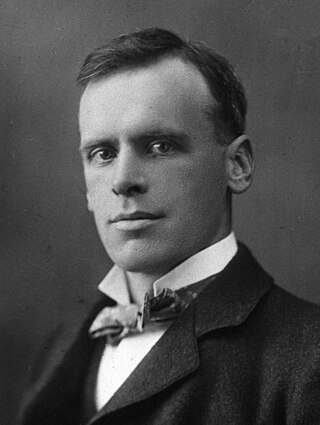
Ernest Henry Starling was a British physiologist who contributed many fundamental ideas to this subject. These ideas were important parts of the British contribution to physiology, which at that time led the world.

Sir Edward Albert Sharpey-Schafer FRS FRSE FRCP LLD was an English physiologist.
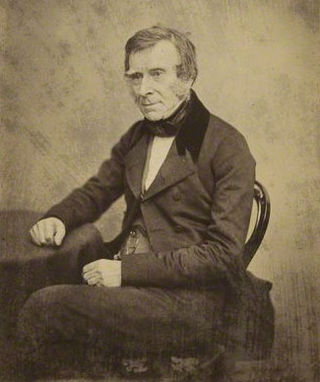
Sir Benjamin Collins Brodie, 1st Baronet, was an English physiologist and surgeon who pioneered research into bone and joint disease.

Sir William Maddock Bayliss was an English physiologist.

Sir Vincent Brian Wigglesworth CBE FRS was a British entomologist who made significant contributions to the field of insect physiology. He established the field in a textbook which was updated in a number of editions.
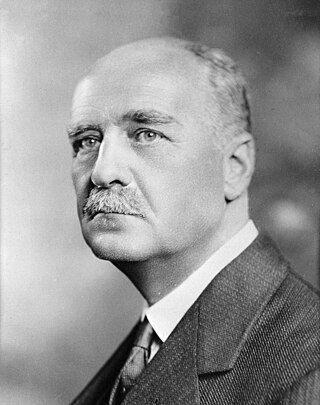
Sir Joseph Barcroft was a British physiologist best known for his studies of the oxygenation of blood.

Sir Leonard Erskine Hill FRS was a British physiologist. He was elected a Fellow of the Royal Society in 1900 and was knighted in 1930. One of his sons was the epidemiologist and statistician Austin Bradford Hill. His father was George Birkbeck Hill, the famous scholar and commentator on the works of Samuel Johnson, who at the time of his birth was headmaster of Bruce Castle School.
Sir William Stewart Duke-Elder, a Scottish ophthalmologist who was a dominant force in his field for more than a quarter of a century.

William Senhouse Kirkes was an English physiologist noted for his reference work "Kirkes' Physiology" which first appeared in 1848.

Robert Adolph Armand Tigerstedt was a Finnish-born medical scientist and physiologist who, with his student Per Bergman, discovered renin at the Karolinska Institute, Stockholm in 1898. Renin is a component of the renin–angiotensin system which regulates blood pressure, salt and water homeostasis and is an important therapeutic target. Tigerstedt is also recognised as an educator, author and social campaigner.
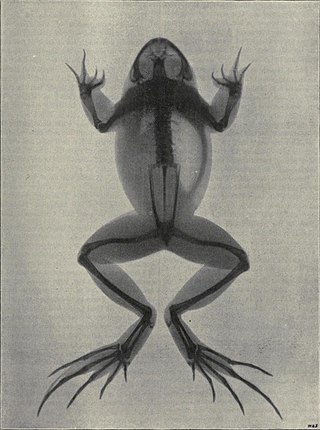
Edward Waymouth Reid FRS was a British physiologist.
Thomas Hugh Milroy FRSE was a Scottish physiologist and organic chemist.
Sir Andrew Watt Kay FRSE, FRCPSG, FRCSEd was a Scottish academic surgeon who was Regius Professor of Surgery at the University of Glasgow from 1964 to 1981. He developed the augmented histamine test, which bore his name, and was widely used in the investigation and treatment of peptic ulcer disease. He was knighted for services to surgery. From 1972 to 1974 he served as president of the Royal College of Physicians and Surgeons of Glasgow.
References
- ↑ Sakula, A (1999). "Samson Wright (1899-1956): physiologist extraordinary". J R Soc Med. 92 (9): 484–6. doi:10.1177/014107689909200920. PMC 1297369 . PMID 10645307.
- ↑ all editions (up to 167 including local eds) for 'Samson Wright's applied physiology.' per World cat
- ↑ Worldcat statistics of 47 works in 205 publications in 6 languages and 2,216 library holdings
- ↑ Lengeler, JW; Titgemeyer, F; Vogler, AP; Wöhrl, BM (30 January 1990). "Structures and homologies of carbohydrate: phosphotransferase system (PTS) proteins". Philosophical Transactions of the Royal Society of London. Series B, Biological Sciences. 326 (1236): 489–504. doi:10.1098/rstb.1990.0027. PMC 1970652 . PMID 1970652.